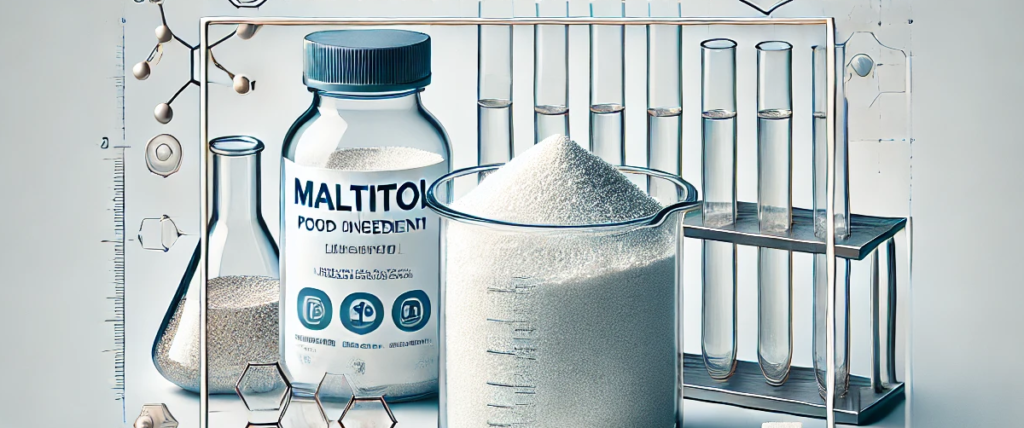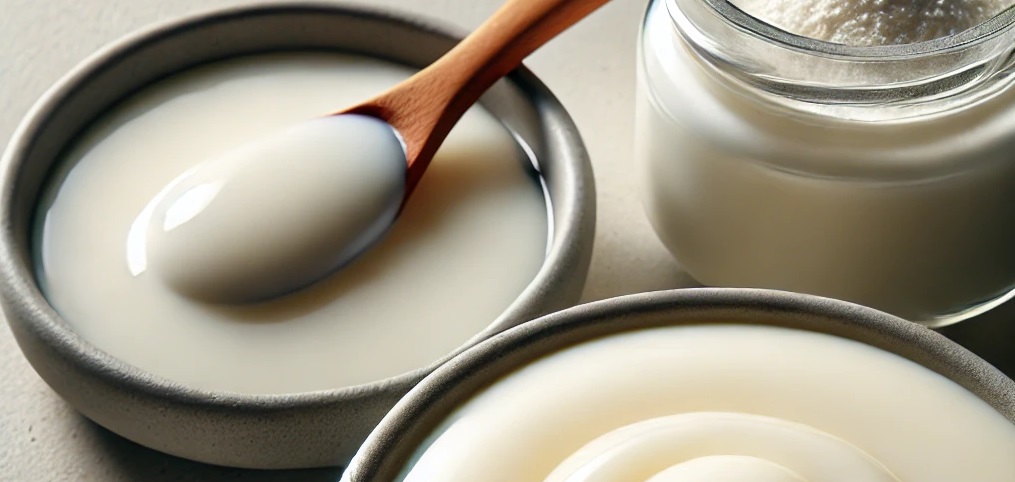Maltitol: Exploring the Safety and Side Effects

Maltitol, a widely used sugar alcohol, is a low-calorie sweetener found in sugar-free and reduced-sugar products. Derived from maltose, it offers sugar-like sweetness with fewer calories and a lower glycemic effect. However, it also presents some concerns, particularly regarding digestive side effects. This blog explores the science behind maltitol, focusing on its safety, metabolism, and […]
How Xanthan Gum Enhances Shelf Life In Processed Foods

Xanthan gum is valued for enhancing texture, viscosity, and stability in food products. It plays a key role in extending the shelf life of processed foods. This blog examines the technical mechanisms by which xanthan gum stabilizes and preserves food products, helping manufacturers extend product longevity. Moisture Retention and Water Activity Control using Xanthan Gum […]
Masterclass on Cocoa Powders: A Detailed Guide to Grades, Taste Profile, and Applications

Cocoa powder is a cornerstone ingredient in a range of food and beverage products, contributing flavor, color, and texture. Cocoa powders come in various grades, most notably natural and alkalized, each possessing unique characteristics that influence their functionality in different applications. This blog takes a deep dive into the properties of each grade, taste profiles, […]
Top 5 Ways Xanthan Gum Revolutionizes Gluten-Free Baking

In gluten-free baking, the absence of gluten poses significant challenges in achieving the structure, elasticity, and texture typical of traditional baked goods. Xanthan gum provides essential functionalities that allow bakers to recreate the qualities of gluten-rich products. In this blog, we discuss the top five ways xanthan gum revolutionizes gluten-free baking, backed by its unique […]
The Science Behind Cocoa Butter Crystallisation: How To Perfect Chocolate Tempering

Tempering chocolate is a precise process that ensures a stable, glossy, and smooth final product. At the heart of tempering lies cocoa butter crystallization, a key factor that influences the final quality of chocolate. Understanding how cocoa butter crystallizes and how to control these crystals is essential for creating perfectly tempered chocolate. Cocoa Butter’s Polymorphic […]
Exploring The Safety And Side Effects Of Erythritol

Erythritol, a sugar alcohol, has gained popularity as a zero-calorie sweetener in various products in the food and nutraceutical industry. It is often preferred because it provides the sweetness of sugar without the calories or blood sugar spikes. However, like any food additive, it’s safety and potential side effects warrant careful consideration. This blog explores […]
The Role Of Cocoa Mass In Premium Chocolate: Crafting Dairy-Free Delights

Cocoa mass, or cocoa liquor, is key to dairy-free chocolate, providing essential flavor, texture, and structure. This article explores the science behind cocoa mass and its role in crafting dairy-free chocolates that match traditional varieties in taste and quality. What is Cocoa Mass? Cocoa mass is the pure, ground form of cocoa beans. It contains […]
The Science Behind Xanthan Gum’s Thickening Power

Xanthan gum is a polysaccharide widely used in the food industry as a thickening, stabilizing, and emulsifying agent. The thickening power of xanthan gum is not only a function of its molecular structure but also its interaction with water and other food components. Let’s explore the underlying science that gives xanthan gum its remarkable thickening […]
The Benefits of Using Prebiotic Fibers in Functional Foods

Introduction to Prebiotic Fibers Prebiotic fibers are non-digestible carbohydrates that promote the growth and activity of beneficial bacteria in the gut. Unlike probiotics, which are live bacteria, prebiotics serve as food for these bacteria, helping to maintain a healthy gut microbiome. Incorporating prebiotic fibers into functional foods can offer a multitude of health benefits, making […]
What Are the Functional Properties of Liquid Glucose in Industrial Food Processing?

What Is Liquid Glucose? Liquid glucose, also known as glucose syrup, is a viscous sweetener obtained from the hydrolysis of starch. It is primarily composed of glucose, maltose, and higher saccharides. Its production involves the breakdown of starch molecules (typically corn, wheat, or rice) through enzymatic or acid hydrolysis. The resulting syrup has a diverse […]

